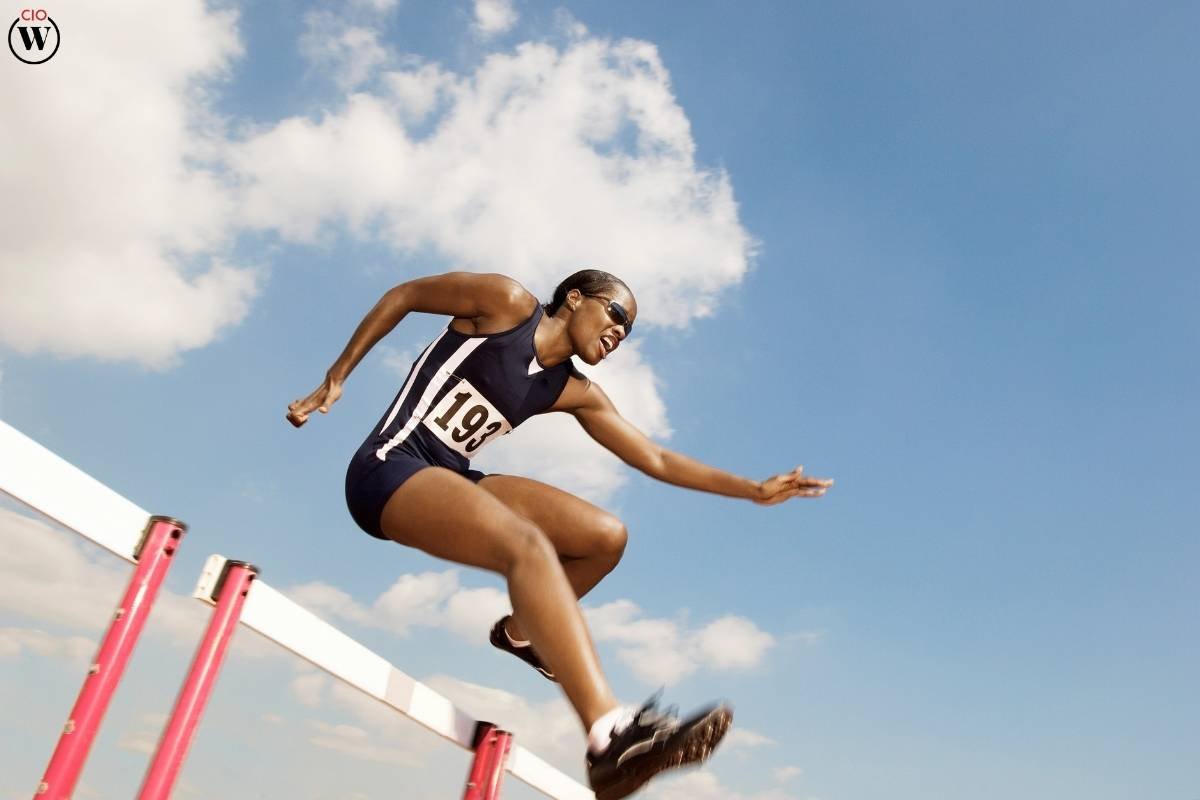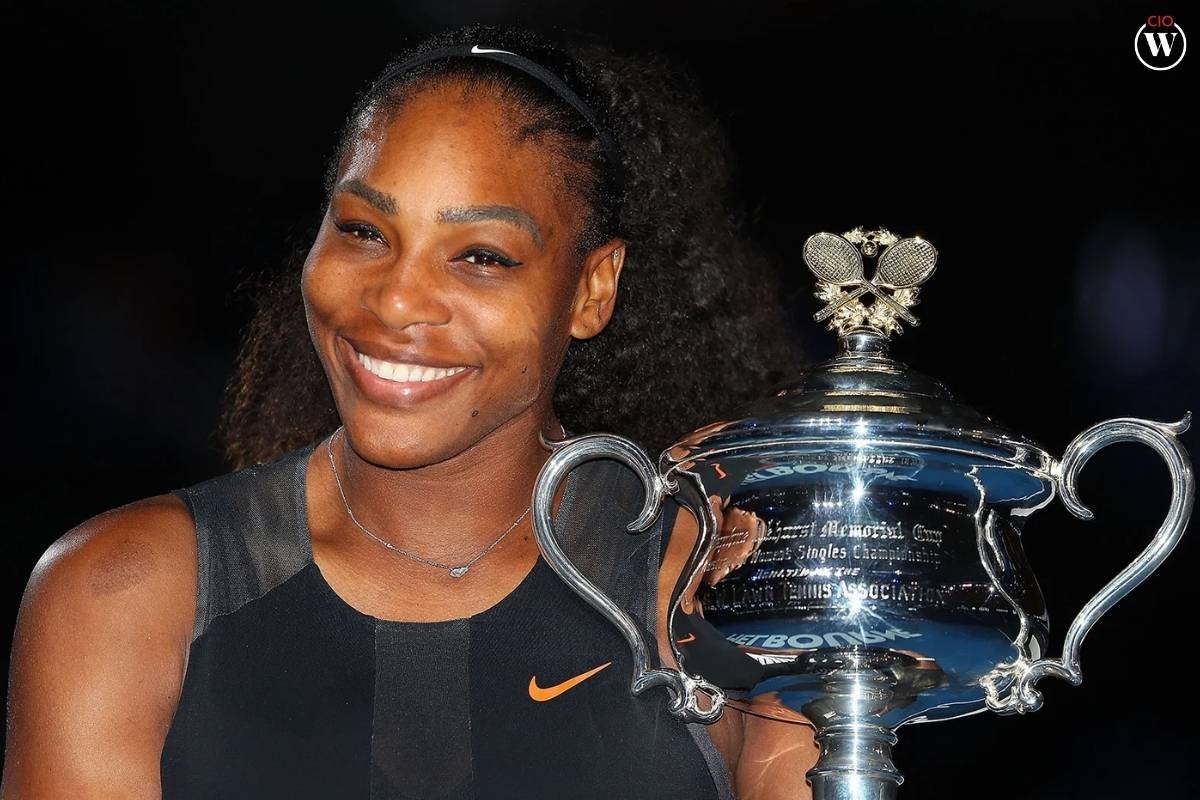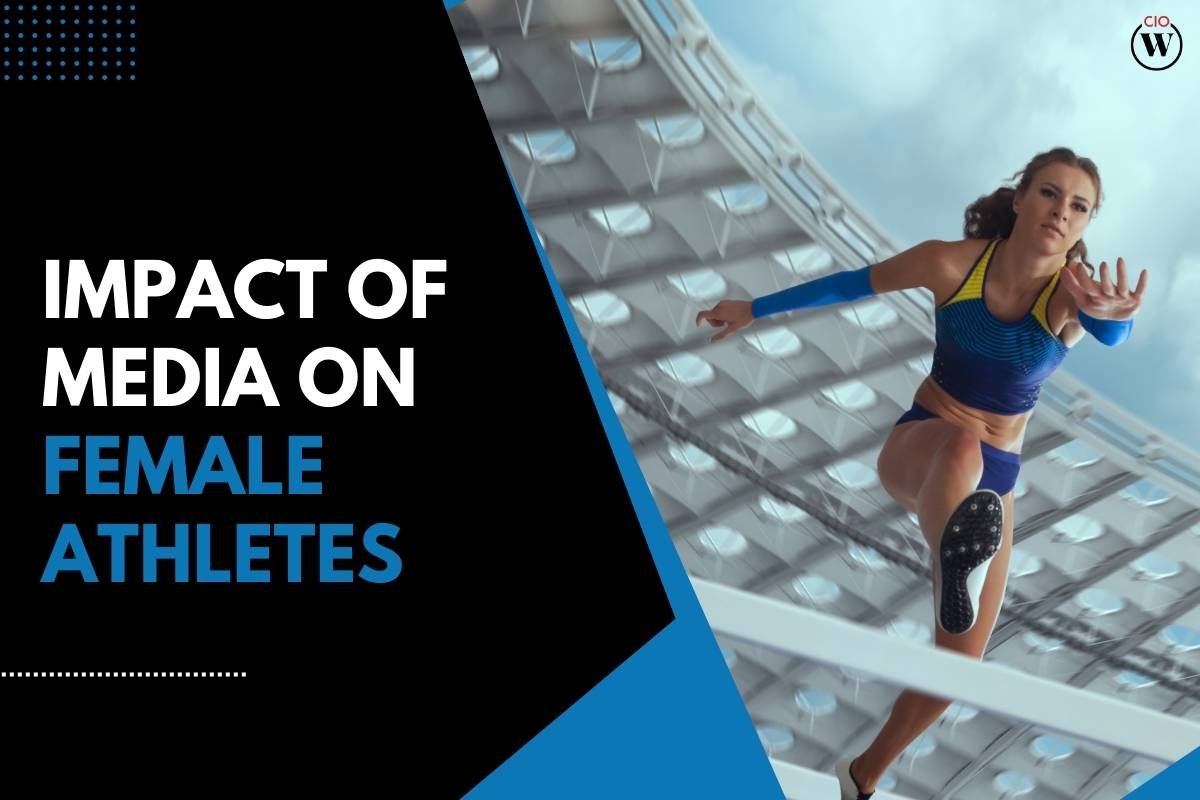The media greatly influences how people see sports and athletes. This is especially true for female athletes, where the impact of media on female athletes can have both good and bad effects. This article looks at how media coverage affects female athletes, their careers, and how they are represented in sports.
Historical Context
Historically, female athletes have faced limited media coverage compared to their male counterparts. Early media representation of female athletes often focused on their appearance and femininity rather than their athletic abilities. This trend began to shift in the late 20th century with the rise of feminist movements and the increasing participation of women in sports. Despite these advancements, the impact of media on female athletes continues to be a topic of concern.
Positive Media Impact on Female Athletes

1. Increased Visibility and Recognition
One of the most significant positive impacts of media on female athletes is increased visibility and recognition. Media coverage can elevate the profiles of female athletes, providing them with a platform to showcase their talents. This visibility helps to inspire young girls to participate in sports and aspire to athletic careers. For instance, the extensive coverage of the US Women’s National Soccer Team has brought attention to the skills and achievements of players like Megan Rapinoe and Alex Morgan.
2. Sponsorship and Endorsement Opportunities
Media exposure can lead to lucrative sponsorship and endorsement deals for female athletes. Brands are increasingly recognizing the value of associating with successful female athletes, who often have strong fan bases and high engagement on social media. Athletes like Serena Williams and Simone Biles have secured multi-million-dollar endorsements, thanks in part to their media presence.
3. Advocacy and Social Change
Female athletes often use their media platforms to advocate for social change and gender equality. The impact of media on female athletes is evident in campaigns like #MeToo and #EqualPay, where athletes have spoken out against gender discrimination and harassment. These media-driven movements have brought important issues to the forefront, fostering a broader discussion about equality in sports.
Negative Media Impact on Female Athletes
1. Sexualization and Objectification
Despite progress, female athletes are still frequently subjected to sexualization and objectification in media coverage. Reports often focus on their appearance, clothing, and personal lives rather than their athletic performance. This objectification can undermine the legitimacy of female athletes and detract from their achievements. The impact of media on female athletes is particularly harmful when it perpetuates gender stereotypes and reinforces societal expectations of femininity.

2. Unequal Coverage and Marginalization
Female athletes receive significantly less media coverage than male athletes. A study by the Women’s Sports Foundation found that only 4% of sports media coverage is dedicated to women’s sports. This disparity marginalizes female athletes and limits their opportunities for exposure and recognition. The impact of media on female athletes is evident in the lack of representation and the perpetuation of the idea that women’s sports are less important or exciting.
3. Scrutiny and Criticism
Female athletes are often subjected to intense scrutiny and criticism from the media. Their performances, bodies, and personal lives are dissected and judged more harshly than those of male athletes. This scrutiny can have a detrimental effect on their mental health and well-being. The impact of media on female athletes can be seen in cases like that of gymnast Gabby Douglas, who faced criticism for her appearance during the 2016 Olympics despite her impressive achievements.
4. The Role of Social Media
Social media has emerged as a powerful tool for female athletes to control their own narratives and connect directly with fans. Platforms like Instagram, Twitter, and TikTok allow athletes to share their stories, highlight their achievements, and advocate for causes they care about. The impact of media on female athletes is increasingly shaped by their own voices and the content they create.
5. Direct Engagement with Fans
Social media enables female athletes to engage directly with their fans, fostering a sense of community and support. This direct interaction can enhance their visibility and influence, as well as provide a platform for them to address issues and share their perspectives. The impact of media on female athletes through social media is empowering, allowing them to bypass traditional media gatekeepers.
6. Building Personal Brands
Many female athletes use social media to build and promote their personal brands. By sharing behind-the-scenes content, training routines, and personal stories, they can create a loyal following and attract sponsorship opportunities. The impact of media on female athletes in this context is positive, as it provides them with greater control over their public image and career trajectory.
7. Advocacy and Activism
Social media has become a crucial platform for advocacy and activism among female athletes. They use their reach to raise awareness about social issues, promote gender equality, and support charitable causes. The impact of media on female athletes is amplified by their ability to mobilize and inspire their followers to take action.
Case Studies
1. Serena Williams

Serena Williams is one of the most well-known and successful female athletes in the world. Her media presence has played a significant role in her career, both positively and negatively. Williams has used media to advocate for gender and racial equality, but she has also faced intense scrutiny and criticism. The impact of media on female athletes like Williams highlights the dual-edged nature of media coverage.
2. Megan Rapinoe
Megan Rapinoe has leveraged media attention to become a powerful advocate for equal pay and LGBTQ+ rights. Her outspoken nature and high-profile performances have garnered significant media coverage, helping to bring attention to important social issues. The impact of media on female athletes like Rapinoe demonstrates how athletes can use their platforms for positive change.
3. Simone Biles
Simone Biles has used her media presence to raise awareness about mental health issues and advocate for survivors of sexual abuse. Her decision to withdraw from events at the 2021 Tokyo Olympics due to mental health concerns sparked a global conversation about the pressures faced by athletes. The impact of media on female athletes like Biles underscores the importance of mental health and well-being in sports.
Challenges and Future Directions
While media coverage of female athletes has improved, significant challenges remain. The impact of media on female athletes continues to be shaped by societal attitudes and gender norms. To create a more equitable and inclusive media landscape, several steps need to be taken:
1. Increase Coverage of Women’s Sports
Media organizations should commit to providing more comprehensive and balanced coverage of women’s sports. This includes dedicating more airtime, print space, and online content to female athletes and their achievements. The impact of media on female athletes can be transformed by ensuring they receive the recognition they deserve.
2. Promote Positive Representation
Media should focus on promoting positive and respectful representation of female athletes. This includes highlighting their athletic abilities, achievements, and contributions to their sports. Avoiding sexualization and objectification is crucial in creating a more respectful media environment. The impact of media on female athletes can be significantly improved by challenging and changing harmful stereotypes.
3. Support Athlete-Driven Media
Encouraging and supporting athlete-driven media initiatives can help female athletes control their narratives. Platforms that allow athletes to share their stories and connect with fans should be promoted and supported. The impact of media on female athletes is enhanced when they have the tools and platforms to tell their own stories.
4. Addressing Mental Health and Well-Being
Media coverage should be mindful of the mental health and well-being of female athletes. This includes avoiding undue scrutiny and criticism and promoting a supportive and understanding media environment. The impact of media on female athletes can be positive when their mental health and well-being are prioritized.
Conclusion
The impact of media on female athletes is complex, with both good and bad effects. Media can help female athletes get noticed, recognized, and supported in their causes. However, it can also spread harmful stereotypes, objectify them, and give unequal coverage compared to male athletes. By tackling these issues and promoting fairer media practices, we can make sure the impact of media on female athletes is positive, supportive, and inspiring for future generations.
Also Read: 25 Inspiring Quotes from Female Athletes: Words of Wisdom to Empower and Motivate









